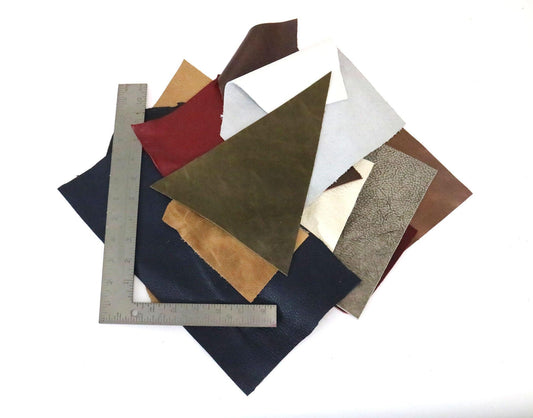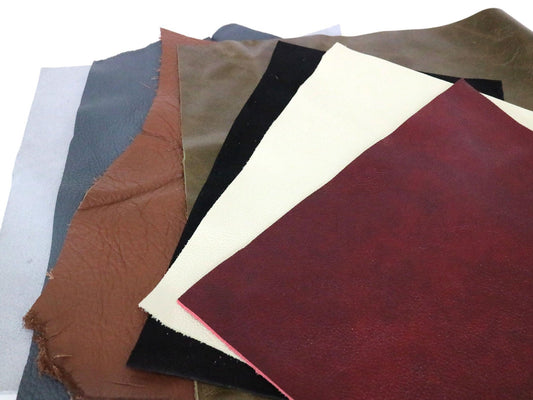Chrome tanned leather is probably the most common tanning method. It means that chromium is used in the tanning process, as opposed to the vegetable tanning process where a variety of organic substances are used. Chrome tanned cowhide leather includes a wide variety of leathers.
First of all, tanning is the process of obtaining leather from animal skin. It is a process that involves changing the structure of the hide in order to make it more durable. Hides are processed in a tannery. If this process wasn’t done, the hide, as an organic material, would slowly rot.
The vegetable tanning process or veg tan is the oldest method of tanning. It involved soaking hides into tanning solutions. The process can be time-consuming; it is usually done by hand and requires patience and skills.
It takes around two months to finish the whole process. But, because the tanning solutions are natural, it doesn’t have a negative environmental impact.
Vegetable-tanned leather is usually stiff and comes in its natural color. If colored, colors tend to darken over time. Since the procedure is significantly longer, the products are usually more expensive.
The complexity, expense and time involved with tanning with vegetable tannins led, in 1858, to the development of using mineral tanning agents instead. The basic principle is the same, removing water molecules from the collagen and replacing them, but the process is much quicker using chrome which is the most popular mineral tanning agent today. The whole process can be automated and finished in a day, and the chrome ions displacing the water and binding with the collagen are much smaller than vegetable tanning molecules. This generally makes chrome tanned leather thinner and softer than vegetable tanned leather.
Although chrome tanned leathers and veg-tanned leathers are different, the beginning of the tanning process is similar and the goal is to remove water molecules from the collagen. The process, however, is less natural than when using vegetable tannins. It involves first placing the hides in acidic salts to better make the chrome fit in between the collagen molecules – and then returning the hides to a normal pH level.
Chrome tanning quickly became popular because the whole process was much quicker and it produced softer leather. Chrome tanned leather can also be dyed so it’s a great option for different customers.
Chrome tanned leather includes common upholstery leather you might find on a couch, chair or in your car covering your seats. Chrome tanned leather also includes handbags and the leather used to make them. Usually chrome tanned leather is very soft and pliable, but it can also be stiffer. Either way, chrome tanned leather is available in a wide variety of textures and colors. Chrome tanned leather has a uniform coloring and will not patina as much over time like vegetable tanned leather.
Chrome tanned leather is also more resistant to water, heat and stains than vegetable tanned leather. Chrome tanned cowhide leather can be pebble grained, smooth or have various embossed patterns and prints.
Stonestreet Leather's line of embossed snake print cowhide is chrome tanned leather. Our line of embossed crocodile print cowhide is also chrome tanned leather. All of our upholstery scrap bags, both embossed and smooth, are also chrome tanned leather.








